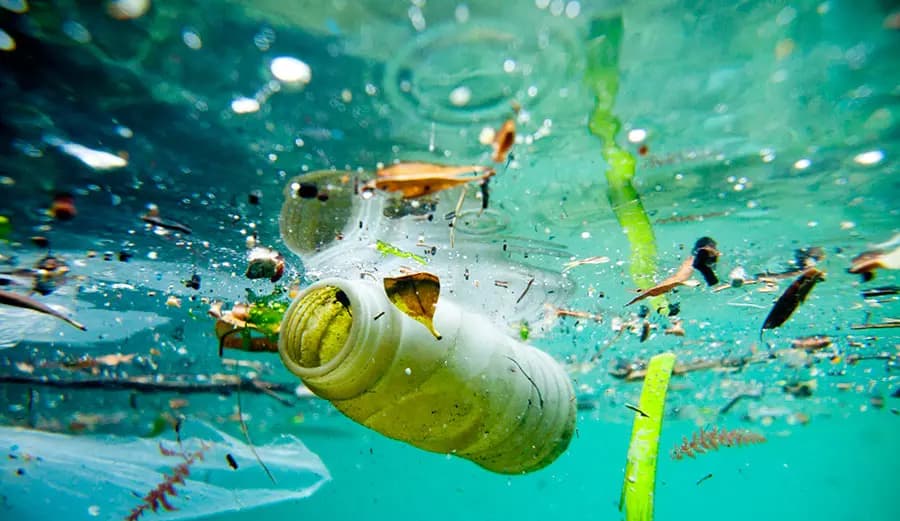Wastes and Emissions from Aviation: the problems and the solutions

The world we live in today is facing many serious environmental problems. At Avioxx, we focus on two main issues: waste disposal, where waste materials are either buried or incinerated, thus releasing greenhouse gases into the atmosphere on a vast scale; and a fast-growing airline industry, which is responsible for about 7% of greenhouse gas emissions in the UK. Avioxx have the solution. We have a novel way of converting all these carbonaceous wastes into fuel more efficiently than current methods.
Globalisation has vastly magnified the scale and geographic spread of the waste problem. Plastics, in particular, have come to represent a danger rather than an array of amazingly useful materials. Clothing is now produced so cheaply that it has become a consumable in relation to retail therapy. But where does it all end up?
We have witnessed over the last 50 years the successful adoption of western consumerism, bringing untold lifestyle benefits to billions of people worldwide. But, we have forgotten to close the loop. We have forgotten to tidy up afterwards, to recognise that nature is all about cycles. The nitrogen cycle brings nutrients to plants, the carbon cycle grows crops and forests, but the plastics cycle does not yet exist!
Implementing Solutions
At Avioxx, our aim is to turn wastes of all kinds into useful materials. Our primary target is aviation fuel – potentially designer aviation fuel for private jets. “Why aviation fuel?” you may ask.
At present, a lot of progress has been made in terms of decarbonising transport – batteries for cars, hydrogen fuel cells for lorries and trains – but we’re still lacking such technological advancements for aircraft. A few experimental systems have been demonstrated with aircraft, but the consensus is that batteries are too heavy, and hydrogen is too difficult to contain. Moreover, the stock of aircraft and the scale of existing infrastructure make any change in the short term difficult and excessively expensive. So, for the time being, the only viable solution is to make aircraft fuel from sustainable sources instead of petroleum. This fuel still gets burnt and releases CO2, but only once. With sustainable fuel, the release of carbon from fossil sources is avoided.
The Circular Economy of Waste to Fuel
The “circular economy” drives our thinking. Our system revolves around six steps: firstly, there’s the collection of wastes, gathering all the stuff people don’t want anymore. Then, there’s the sorting of wastes, separating out easily recycled material from the rest that is normally sent to landfill or incinerated. Thirdly, there is the waste pre-processing, making it easier to handle in a continuous flow process. Fourthly, we must break it down chemically into the bare bones of what it’s made of – a simple carbon compound, carbon monoxide, and hydrogen. Fifthly, we rebuild the carbon monoxide and hydrogen into a range of paraffins that you find in today’s fuels. Finally, we distribute and market our products to the airlines that use them and the customers who fly.
There is plenty of scope for development in all these areas. We have ideas for all six, but our priority relates to steps four and five where we have a unique and exciting solution in the Avioxx process. Instead of using vast amounts of expensive energy to make sustainable aviation fuels, we are capturing and converting the energy in the wastes people leave on their doorsteps.
Take a look at this article to learn more about our technology and the science behind making fuel from waste, or get in touch at: info@avioxx.com